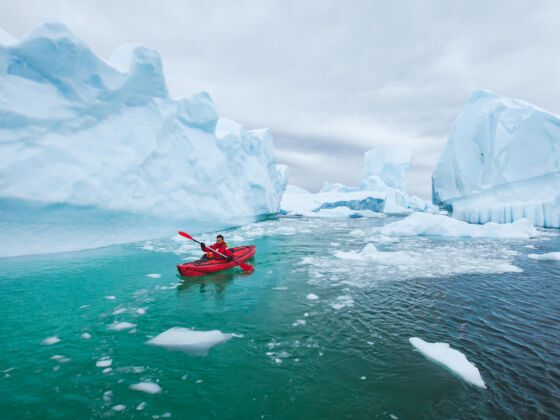FROM THE POLES to the tropics, these ancient and monumental glaciers are going fast. Their disappearance will have drastic consequences for our planet.
Furtwangler Glacier, Tanzania
The once impressive ice field atop Mt. Kilimanjaro, Africa’s tallest peak, will soon be a thing of the past. In the last 100 years, over 80% of the glacier has disappeared, and estimates put its swan song somewhere between 2010 and 2020.
If you ever want to lay eyes on the famed “snows of Kilimanjaro,” you’d better go now.
